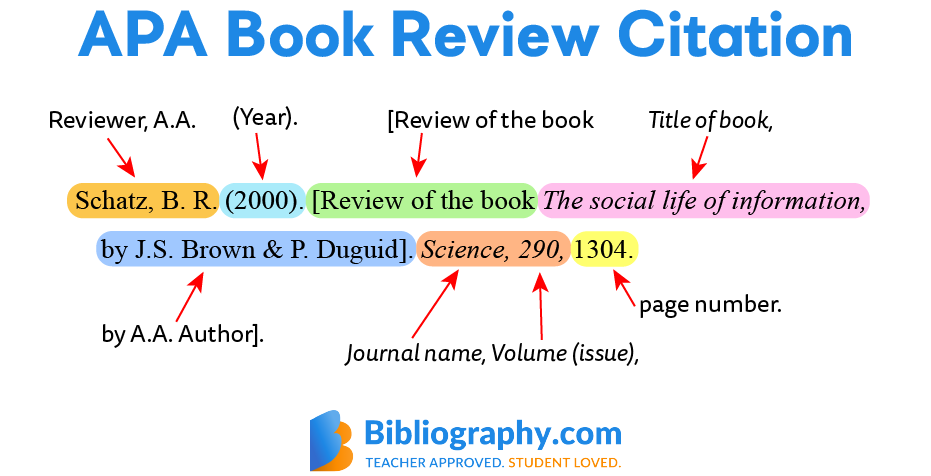In the expansive universe of literature, where every book is a portal to different realms of thought and imagination, book reviews serve a critical function. They act as navigational stars for readers, guiding them toward literary treasures or cautioning them about potential disappointments. Yet, as one delves into the academic or professional realms, the question arises: how should one go about citing these reviews? Citing a book review isn’t merely an exercise in formatting; it invokes a deliberate consideration of the sources that shape our understanding of literature. In this article, we will unravel the intricacies of citing book reviews, leading you to a transformative perspective that appreciates the subtle layers of knowledge these reviews encompass.
First and foremost, one must identify the nature of the book review itself. Book reviews typically belong to two categories: brief overviews published in journals, magazines, or newspapers, and critical essays that delve into more nuanced analyses of the work. Understanding the distinction between these can augment your approach to citation. Once you recognize the significance and context of the review, you will appreciate the role it plays in scholarly discourse.
When contemplating citations, one should first familiarize oneself with the prevalent citation styles: APA, MLA, and Chicago. Each style boasts its own set of conventions, reflecting unique philosophical approaches to documentation. Let’s embark on an exploration of how to cite a book review within these frameworks, focusing on each style’s distinctive nuances.
In APA (American Psychological Association) style, the basic format for citing a book review typically looks like this: Author of the review (Year). Title of the review [Review of the book title, by Author of the book]. Journal Name, Volume(Issue), Page range. In this case, everything is essential, from the author’s name to the review’s title. However, for online resources, a retrieval URL might also be necessary. This format emphasizes critical identification; the reader must distill the essence of material while providing adequate credit to the original authors. For instance, one might cite “Smith, J. (2020). Insightful Perspectives [Review of The Enigmatic Novel, by Doe, A.]. Literature Today, 12(3), 45-47.”
Transitioning to MLA (Modern Language Association) style offers another lens through which to view citation. The MLA format underscores the intricacies of language and its evolution. An example would resemble: Reviewer’s Last Name, First Name. “Title of Review.” Title of Book, by First Name Last Name, Publisher, Year of Publication, page range. The emphasis here is on the interplay between the review and the text it critiques. For instance, you could cite “Doe, J. ‘Exploring the Uncharted Territory: A Review.’ The Great Adventure, by Smith, John, Awesome Publishers, 2021, pp. 100-102.” This format invites one to reckon with the relational dynamic that exists within the literary ecosystem.
Lastly, the Chicago style diverges notably from its predecessors. The citation might take one of two forms: the notes and bibliography style or the author-date system. In the notes format, one would record: First Name Last Name, “Title of the Review,” Title of Book, by Author’s Full Name (City of Publication: Publisher, Year), page range. Conversely, the author-date style necessitates a succinct, parenthetical citation. For example: Smith, John. “Review Title.” Review of The Captivating Tale, by Doe, Jane (City: Publisher, Year), page numbers. The choices inherent in Chicago style reflect the underlying philosophy of the citation style itself—be it in-depth analysis or straightforward clarity.
Once you grasp the format, it’s essential to appreciate the purpose behind citations. Citing a review is not merely a procedural formality—it exemplifies a scholarly dialogue. It asserts intellectual integrity while simultaneously inviting readers to engage with a compendium of diverse ideas. With every citation, you are weaving a tapestry of knowledge, connecting past works with your own contributions, and challenging conventional interpretations of literature.
Moreover, the act of citing can shape your interpretative lens. By referencing reviews, you gain access to various analytical viewpoints that may challenge or endorse your perspectives. These reviews function as commentaries that enrich your understanding and may reveal subtleties within the text that your initial reading may have overlooked. The interplay between authorial intent and critical reception becomes a vital conversation that elevates your comprehension of the work at hand.
Perspectives can shift dramatically when one consciously incorporates critical reviews. The act encourages readers to consider the multitude of voices that encircle a book, instilling a vibrant sense of curiosity about differing viewpoints. Why did a reviewer praise the intricacies of a particular character yet suggest the plot was lacking? What did they discerningly reveal about the author’s intent? Such inquiries not only enrich the act of reading but also deepen your analytical abilities.
In sum, learning how to cite a book review transcends the realm of citation formats. It is a conduit through which you can engage in a dynamic scholarly conversation, appreciate diverse perspectives, and enhance your own literary analysis. As you navigate through the complexities of citation styles—be it APA, MLA, Chicago, or any other—you will undoubtedly find that the process prompts a reassessment of how you perceive literature itself. So, embark on this citation journey, be daring, and let the words of reviewers and authors alike expand your intellectual horizons!
